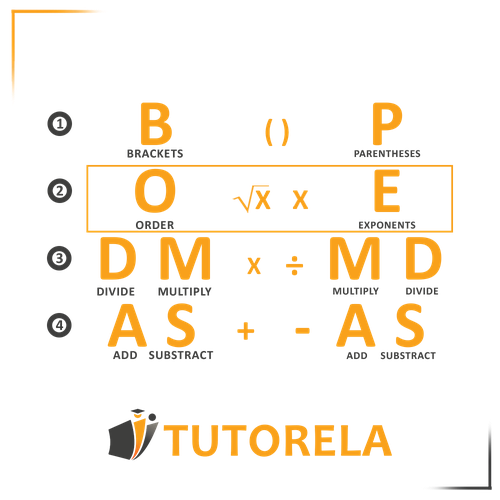The given mathematical expression is 10:2−22.
According to the order of operations (often remembered by the acronym PEMDAS/BODMAS), we perform calculations in the following sequence:
- Parentheses/Brackets
- Exponents/Orders (i.e., powers and roots)
- Multiplication and Division (from left to right)
- Addition and Subtraction (from left to right)
In this expression, there are no parentheses, but there is an exponent: 22. We calculate the exponent first:
22=4
Substituting back into the expression, we have:
10:2−4
Next, we perform the division from left to right. Here, ":" is interpreted as division:
10÷2=5
Now, substitute this back into the expression:
5−4
The final step is to perform the subtraction:
5−4=1
Therefore, the answer is 1.
